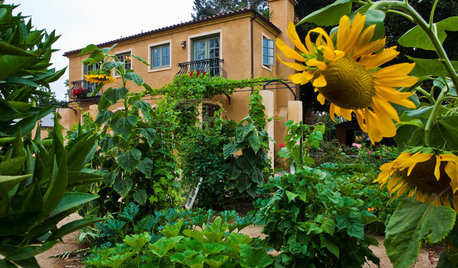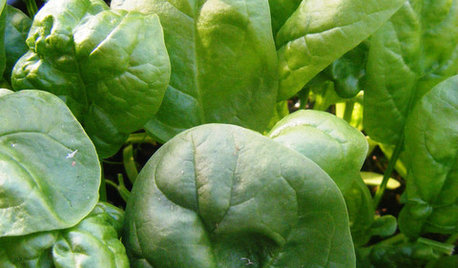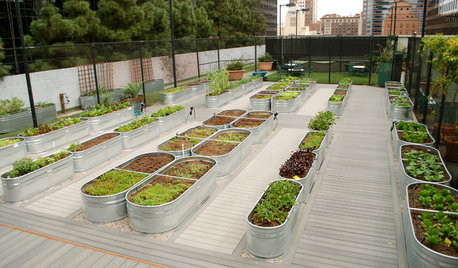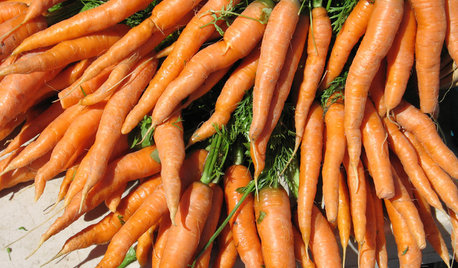Thinning watermelon seedlings
cncncrew
9 years ago
Related Stories

GARDENING GUIDESSeeds or Seedlings? How to Get Your Garden Started
Growing delicious herbs and vegetables starts with knowing your goals and when you want to plant
Full Story
EDIBLE GARDENSSummer Crops: How to Grow Watermelons
You might not need as much space as you think to get this summer mainstay to spring up in your garden
Full Story
HOUZZ TVHouzz TV: How to Make and Plant a Veggie Box
See how to start edibles from seed, then transfer the seedlings to a box on stilts to make harvesting more fun
Full Story
REGIONAL GARDEN GUIDESTexas Gardener's April Checklist
Get your sowing and planting on — spring brings a tantalizing array of possibilities in the garden
Full Story
LANDSCAPE DESIGNThe Unparalleled Power of Trees
Discover the beauty and magic of trees, and why a landscape without them just isn't the same
Full Story
COOL-SEASON CROPSCool-Season Vegetables: How to Grow Spinach
Chock-full of antioxidants and iron, spinach is a nutrient-rich addition to your fall or spring garden
Full Story
LANDSCAPE DESIGNRecipe for Modernist Edible Garden Style
Herbs, vegetables and fruit trees aren’t just for traditional gardens. Here’s how to design them into modernist landscapes
Full Story
COOL-SEASON CROPSCool-Season Vegetables: How to Grow Carrots
More than just a bunny food, easy-to-grow carrots add lacy good looks to a fall or spring garden
Full Story
GARDENING GUIDESHow I Learned to Be an Imperfect Gardener
Letting go can lead to a deeper level of gardening and a richer relationship with the landscape. Here's how one nature lover did it
Full Story
GARDENING GUIDESSouthwest Gardener's April Checklist
Welcome the return of roses and herbs, and consider a new use for vines as you rejoice in your newly green spring garden
Full StorySponsored
Custom Craftsmanship & Construction Solutions in Franklin County
More Discussions






slowpoke_gardener
Okiedawn OK Zone 7
Related Professionals
Arlington Landscape Contractors · Addison Landscape Contractors · East Chicago Landscape Contractors · Firestone Landscape Contractors · Fort Wayne Landscape Contractors · Maywood Landscape Contractors · Mendota Heights Landscape Contractors · Merced Landscape Contractors · Richmond Landscape Contractors · Ringwood Landscape Contractors · West Haverstraw Landscape Contractors · Hueytown Landscape Contractors · Jackson Decks, Patios & Outdoor Enclosures · Roseville Decks, Patios & Outdoor Enclosures · Santa Ana Decks, Patios & Outdoor EnclosurescncncrewOriginal Author
cowdiddly
Okiedawn OK Zone 7
lazy_gardens